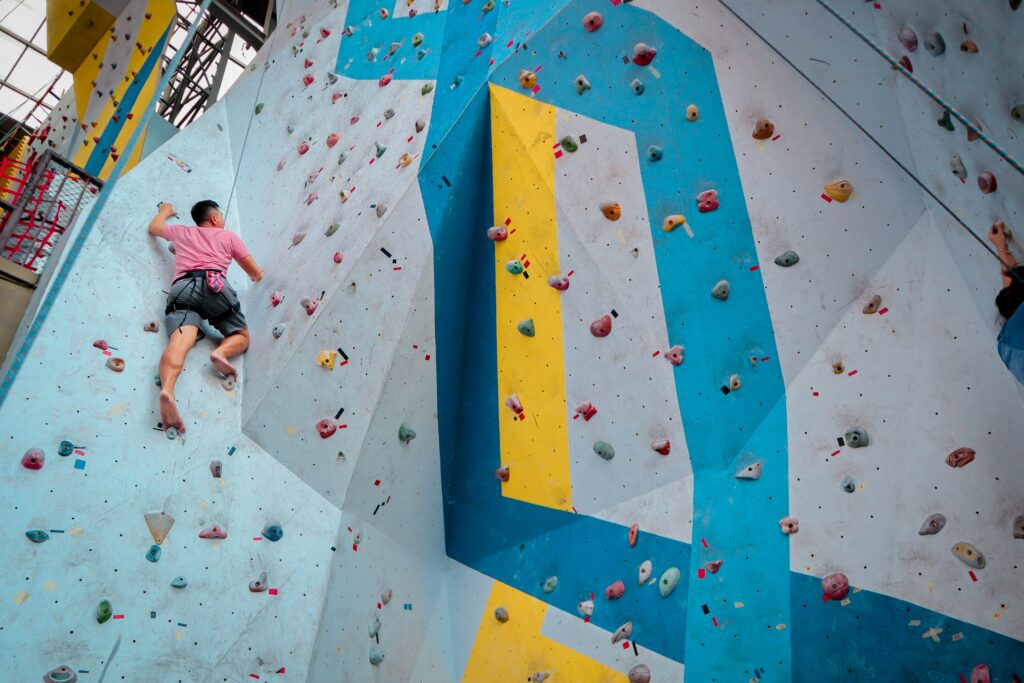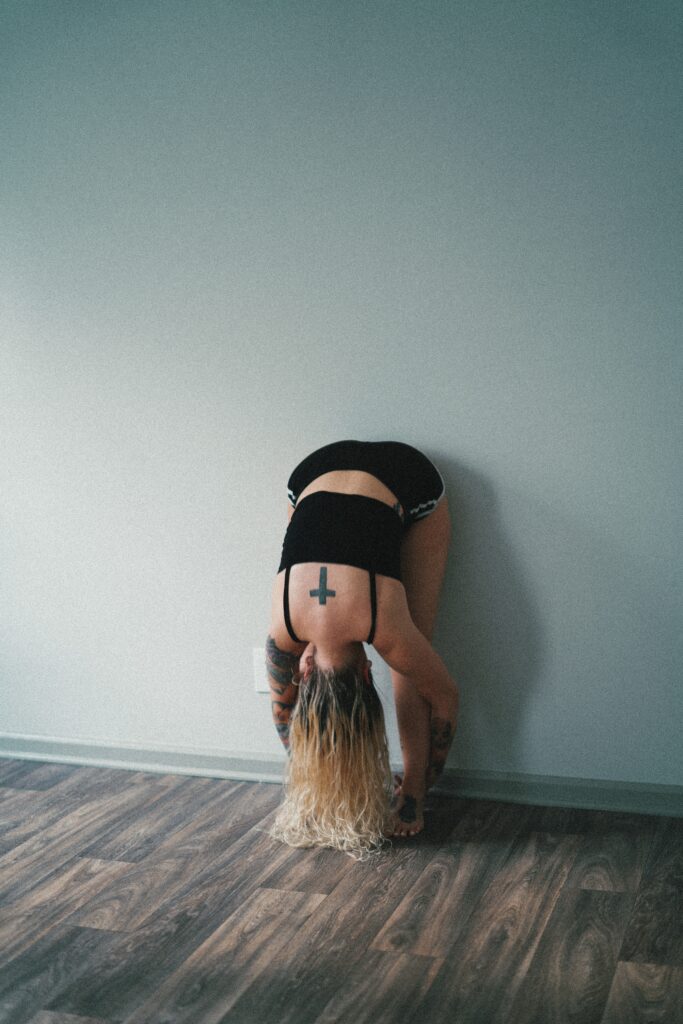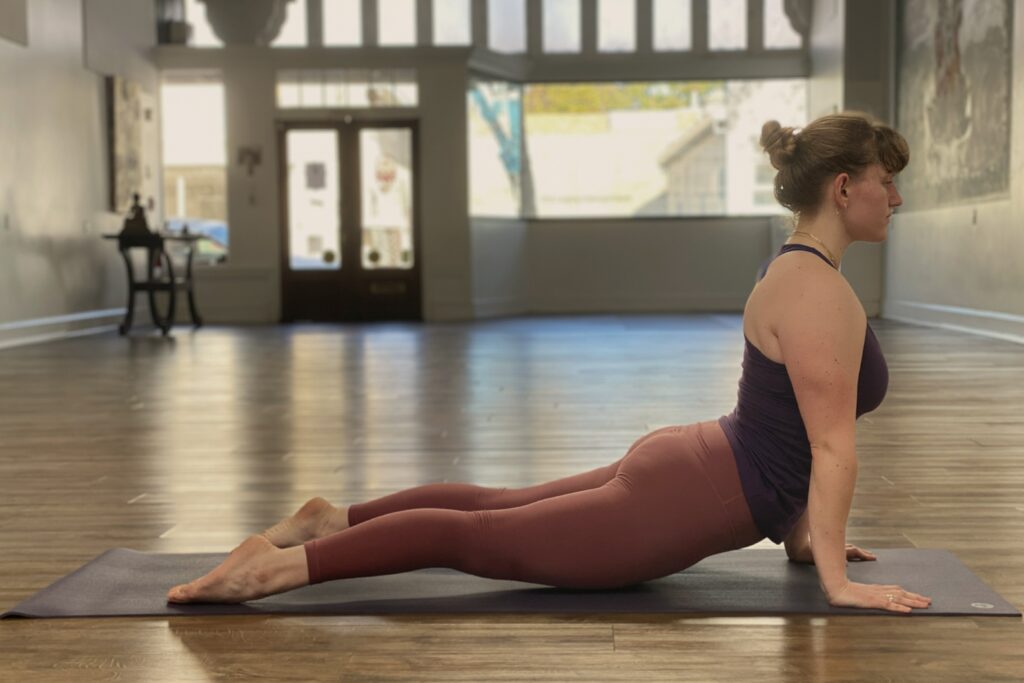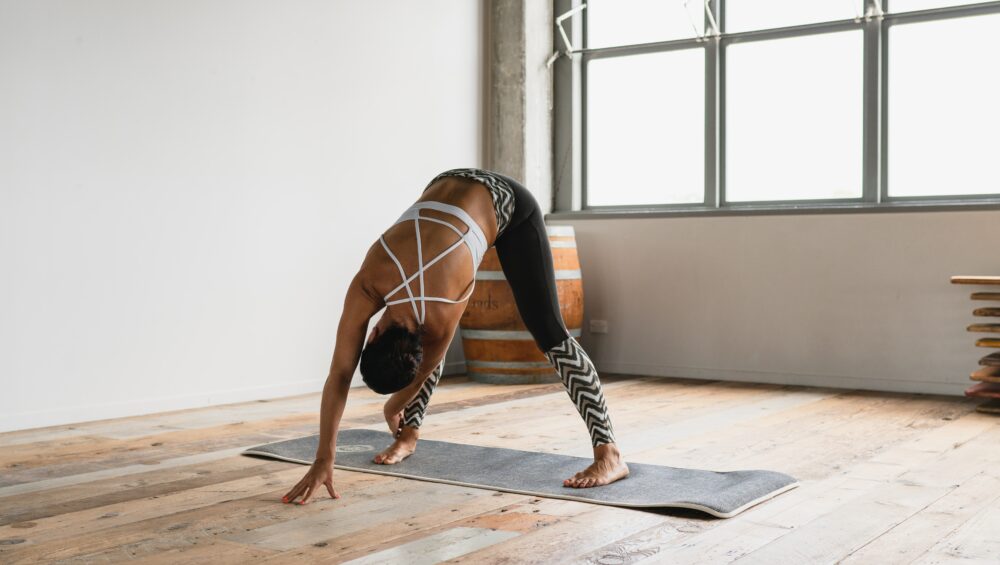Are you getting into rock climbing and want to make sure your body is ready? Maybe you are realizing that a lack of flexibility can impact you on the wall. You may not expect it, but there are specific stretches for climbing, and we’ll go over them here. Rock climbing uses a lot of muscles you may not use regularly, especially in the forearms, wrists, hands, and fingers.
It is normal for beginner rock climbers to get burned out early, or as we say “pumped.” Just like any physical activity, it is important to stretch beforehand to prevent injury. Flexibility training is also a great way to improve performance in exercise, build endurance, and expand your abilities. So without further ado, let’s get into the essential rock climbing stretches you should be doing before and after your workouts.
Before You Stretch
Before we get started, it is important you know not to stretch cold. Stretching is meant to length your muscles by comfortably finding and challenging your limits. If your muscles are cold from sitting around, stretching can actually cause damage like microtears. For this reason, you should always warm up for at least five minutes before stretching.
Good warm ups include a light jog, jumping jacks, or an easy climbing route that is well below your grade level. Once you are feeling warmed up, the best pre-workout stretches are dynamic ones. As opposed to stationary, static stretches, you can move through positions when doing dynamic stretches. These will ensure your muscles are loose and amenable to odd positions and movements.

Pre-workout Dynamic Stretches
Dynamic climbing stretches are a good way to loosen the joints and lengthen your muscles through their comfortable range. It is most important to work on the shoulders and arms, spine, and hips. You can start with knee pull ups, touching your toes, torso rotation, side stretches, and neck stretches. Once your back is open, focus on stretching the joints to prepare for your climbing workout.
One of my favorite stretches is joint circles. I say “joint” because you can and should do this with your shoulders, wrists, hips, and ankles. Shoulder circles, both backward and forward, are key for warming up the shoulder muscles and rotator cuffs. These are common injuries among rock climbers, so make sure to give your shoulders the attention they need.
Opening and closing your hips is another exercise key for rock climbing flexibility. Make big circles with your knees going ten times in each direction. Taking little steps between circles is a good way to reset your hips and make the stretch the most effective. This will ensure you can maneuver on the wall into whatever position is needed to reach the holds. A key beginner rock climbing technique is about hip rotation, so make sure your body is prepared for the movements.
Finally, give some extra focus to your forearms, wrists, hands, and fingers. You will find these muscles easily exhausted when you first start climbing. Begin by shaking everything out, reaching for the ceiling, and wiggling your fingers. You can stretch by gently pulling your fingers back, bending your wrists forward, and pushing your hands together with raised elbows.

Post-workout Static Recovery Stretches
If you feel any tightness or pain, post-workout climbing stretches are absolutely essential. Static stretches focus on holding an elongated position for 20-30 seconds. As your muscles cool off and switch into recovery mode, it is important they do not tighten up. These static stretches for climbing will help repair muscles, improve flexibility, and prevent injury.
Many of these static stretches will be done on the ground, so it is best to grab a yoga mat for your post-workout cool down. I like to incorporate hatha yoga in my recovery stretching, as many of the positions are restful and provide the needed muscle elongation. I also tend to work in reverse from my pre-workout stretch, starting with the arms, then the joints, then the spine.
Start in a tabletop position, and gently move your weight over your hands to get a nice forearm stretch. You can then switch this by resting on your knuckles and stretching the backs of your wrists. Certain rock climbing holds, like pinches, really burn out the forearms so make sure to stretch well during and after these climbs. Next, feed an arm under the other and rest on your shoulder for a great back and shoulder stretch.
Rocking backwards to sit on your heels, you can lengthen the spine to get a deep stretch and walk your fingers to the right and left to stretch your sides. Moving up into downward dog, take time to stretch your hamstrings, calves, and feet. Many people overlook stretching the arches of the feet, but you should do these if they are sore after wearing climbing shoes. Finally, transition into a cobra pose to stretch your chest and abs. The most important element of a post-workout stretch is a minute of rest to sit and listen to your body. If you have any other areas of tension, you should stretch both that area directly and the surrounding muscles and joints.

Other Tips for Climbing Recovery
You will find that stretching once after a climb is not enough. If you are new to climbing, or go out on a full day climbing tour, you will likely be tight the next day or two. You will need to continue doing these climbing stretches, especially forearm ones, for a couple days as you recover. Keep shaking out the arms and flicking your fingers to release the tightness in your joints.
Aside from stretches for rock climbing, the best thing you can do for your post-workout recovery is drink plenty of water. This is true for any physical activity, but especially climbing. Being well hydrated helps with injury recovery and muscle healing. On top of this, the tendons in your arms (and whole body) are very sensitive to changes in water and tighten up when dehydrated. If you are feeling tendonitis in your elbows, shoulders, or wrists after climbing, staying well hydrated will help.
With ten minutes of thoughtful stretching before and after climbing, you can set yourself up for a better workout and a safer recovery. Over time, you will find these stretches for climbing help you both on and off the wall.





